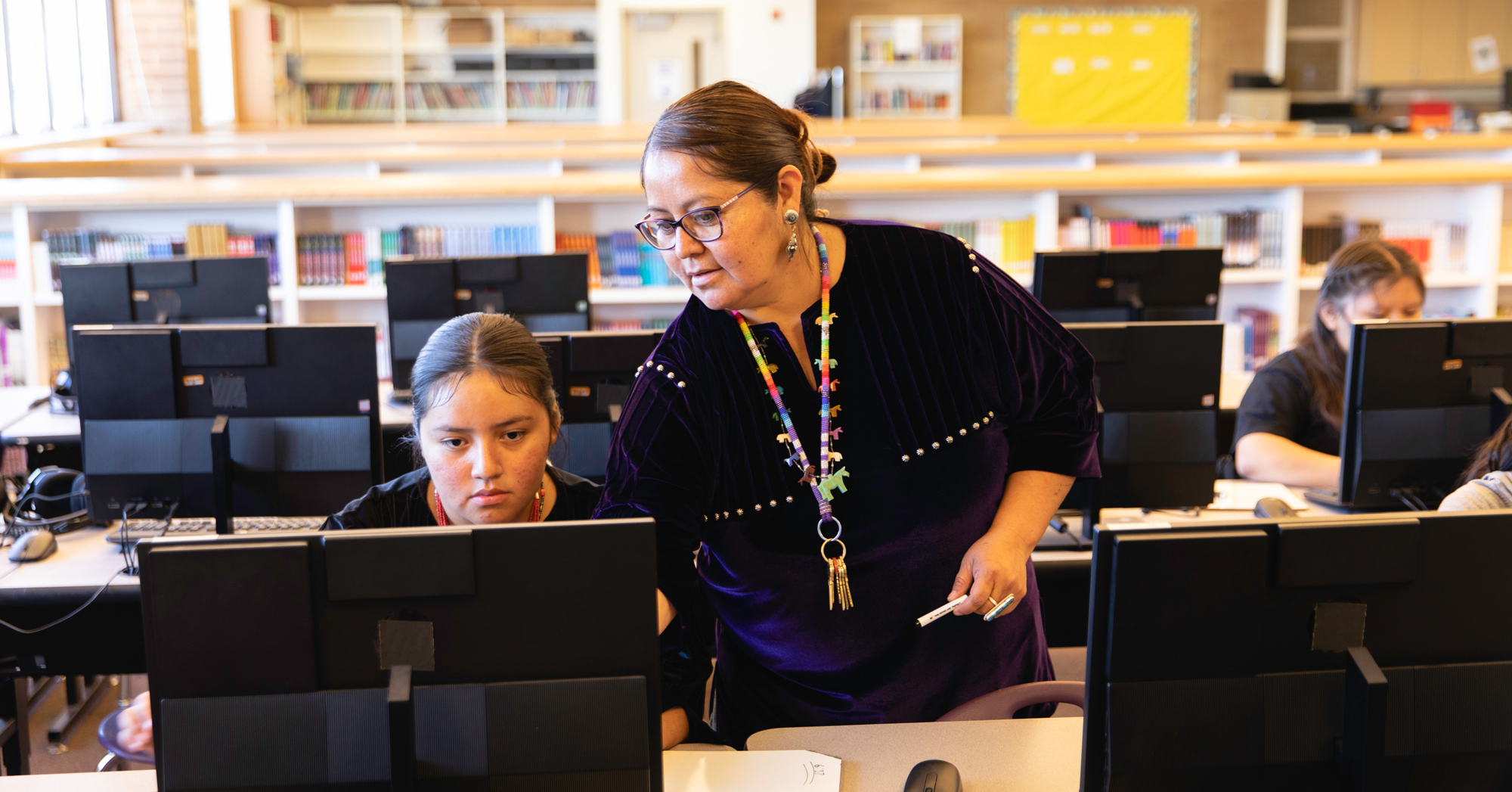- Meta Ray-Bans for 20% off is a great deal on one of my favorite products
- Control content chaos without compromising security
- Apple Mail freezing after updating to iOS 18.5? Here's a fix you can try
- Scattered Spider Uses Tech Vendor Impersonation to Target Helpdesks
- How to clear your iPhone cache for a quick and easy performance boost
E-Rate Update: $4.5 Billion for Discounts Available

E-rate, also known as the Schools and Libraries Program, is a federal program that provides discounts on services to ensure that schools and Libraries across the United States can receive affordable high-speed internet access to support online education and library services. E-rate helps bridge the funding gap to offset the costs of network upgrades and other telecommunication services.
Who is eligible for E-rate funding? What services are covered?
Schools, school districts, libraries, and library systems are eligible for E-rate funding and can apply individually or as part of a consortium. Most of the nation’s schools and libraries participate in the program and over $4.5 billion dollars is available for discounts each year. Check to see if your school or library is eligible.
Services that are eligible for discounts fall under two main category types:
- Category one – Internet access
- Category two – Internal connections and related services.
Understanding the E-rate process
We’re often asked, “exactly how does the E-rate program work and what can we expect throughout the process?” The process can be tricky due to the many deadlines involved. But with discounts ranging from 20% to 90% of the costs of eligible services, it is well worth the effort. It’s important to note that the E-rate process has many requirements, such as the amount of discounts depends on the level of poverty of the students’ household and the urban or rural status of the school district or library system.
To help you better understand these rules and navigate the process, we put together an easy to read infographic that breaks the process into 6 simple steps. Plus, we included direct links to key E-rate pages that provide more detailed information, so you don’t have to dig to find them yourself.
Our funding team is here to help.
We pulled together key resources to help you navigate and
maximize E-rate for your school or library.
Top 10 Tips to Maximize E-rate for Schools and Libraries
For two decades, E-rate funds have made technology more affordable for schools and libraries across the U.S. In that time, many have discovered how to make the most of the dollars available to them. We’ve taken their input—as well as recommendations from E-rate consulting firm Funds for Learning—and developed this list of best practices for both schools and libraries:
Learn about the Children’s Internet Protection Act (CIPA) for K-12 Schools and Libraries
Another key thing to remember is the Children’s Internet Protection Act (CIPA) for K-12 Schools and Libraries. Commonly referred to as CIPA, the Act requires libraries and schools that receive E-rate funding to be compliant with its regulations as a condition of receiving funding. To help you better understand CIPA and how it can impact your E-rate strategies, we created an easy-to-read overview, Understanding and Developing Strategies that Benefit your Community, to help guide your compliance for eligibility.
Ready to get started?
As you begin developing your strategy for applying to E-rate, we encourage you to reach out to us. Remember, Cisco is here to help. If you’re looking for more information on E-rate or other funding options, feel free to schedule a meeting with our E-rate funding experts or explore additional funding resources available on-demand.
While E-rate is a U.S.-based program, funding sources similar to it may be offered in other countries. Explore Cisco’s global funding programs and learn what programs best fit your needs.
Share:

